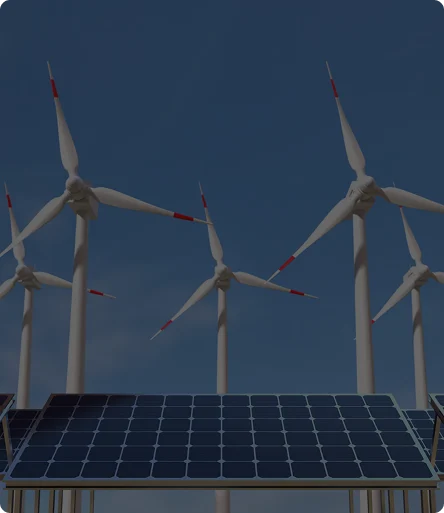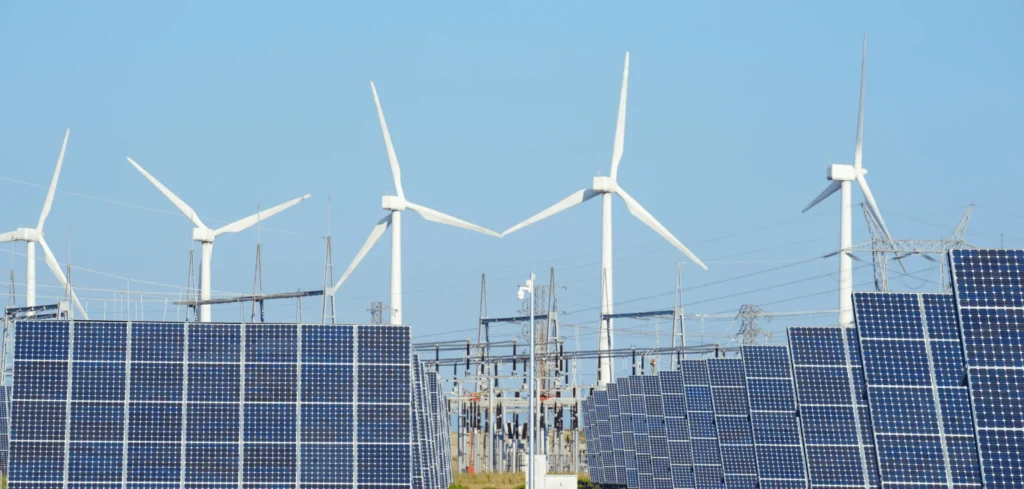As widely known, renewable energy is defined as the energy obtained from “carbon neutral” resources such as wind, solar, hydro etc. Power plants generating electricity from such resources have to predict meteorological variables such as wind speed, solar radiation, precipitation amount etc. with the highest possible accuracy in order to create daily production plans with 1-hour or even 5-minute intervals according to their relevant market rules, in order to be able to trade in electricity markets. Although rapidly developing technologies in recent years have improved the accuracy of these predictions, they still have a lot more ground to cover to fully model and simulate all atmospheric variables and thus the instantaneous generation of renewable energy facilities. In terms of production prediction, renewable sources are nowhere near precise as a natural gas power plant or a hydroelectric power plant with a reservoir. Similarly, it is difficult for supply companies (except for their customers with exceptionally stable energy consumption) to accurately predict the consumption in their portfolios. In addition, as the forecast horizon (which defines the length of time into the future, for which forecasts are prepared) gets longer in both production and consumption forecasts, the error rates inevitably increase.
On the other hand, in order to maintain the technical quality of electrical energy in the network, instantaneous electricity generation (supply) and consumption (demand) must be kept in balance. Because of this, it is imperative that the net deviation between planned and actual production/consumption must be managed 24/7 so that this delicate balance is maintained uninterruptedly. The inevitable additional cost caused by this balancing activity carried out by system operator at the country level is reflected to the market players (in line with the rules defined in the legislations) considering different variables such as regional constraints. With this structure, all market players have to try to minimize these “imbalance” costs by making the most accurate prediction/planning possible.
Despite all technological advances made for battery and other energy storage systems, initial investment and operating costs are still quite high, thus they still cannot be feasibly utilized for balancing purposes at the grid-scale under current conditions. Therefore, the most effective mechanism that market players can use to manage their imbalances, which they calculate using the most up-to-date forecasts as the delivery time approaches, is the “IDM – Intraday Market.” In this short-term market, electricity trading continues uninterruptedly 24/7 and all market players try to close their predicted deficits (negative imbalance) or sell their excess (positive imbalance) energy.
Minimizing the imbalances and thus additional costs of the market players both decreases return on investment by increasing the profitability and reduces the balancing burden on the system operator. In the long run, this reflects positively on the electricity costs of end users. For this reason, it is very important for all market players to utilize the intraday market effectively.
In order for the IDM to be used effectively:
- Realized generation data of the power plants or the consumption changes in the portfolio of the supplier should be continuously sent to the forecasting service provider,
- Revised forecasts prepared by the forecast service provider using this recent production/consumption data and the most up-to-date meteorological forecasts should be received,
- Based on these revised forecasts, expected imbalances should be calculated,
- Current buyer/seller offers in the IDM should be evaluated in line with the commercial strategy which is dynamically created by constantly observing the trades realized in IDM, overall system direction (i.e. surplus or deficit) and other expectations affecting the price, and
- Trades should be executed in line with this strategy.
The value proposition of smartPulse solutions is based on the fully automatic and efficient execution of all stages in this process. The smartPulse platform is a “SaaS” (Software-as-a-Service) solution running on cloud, which users can use only via their internet browsers without needing any software to be installed on their own computers, is also supported by its mobile application:
- It provides intensive data flow in the 5 steps mentioned previously, automatically with webservice/API integration,
- Calculates your expected imbalances based on the most recent production/consumption forecast,
- With its smartBOTs, which are developed to fulfill the commercial strategies you have previously determined, carries out algorithmic trading in the IDM autonomously, in order to minimize (or even completely eliminate if the market conditions allow) your expected imbalances in line with the parameters you have defined,
- With these actions to reduce/eliminate the imbalances, it also automatically sends the necessary notifications to the system operator whose balancing burden will be reduced, and
- By recording all these actions in full detail, it makes it possible to generate reports that can include all the desired information and enables performance monitoring at every stage.
Moreover, if you have more than one production/supply company in your portfolio, smartBOTs have the ability to save you from the additional costs of balancing each company on their own, due to the bid/ask spread in the IDM, by executing private trades between your portfolio companies to manage your imbalance.
An aggregator (i.e. Balancing Responsible Group) business using smartPulse platform is currently managing over 100 renewable generation facilities, some of which are its own investments and some of which are 3rd party companies that demand imbalance management services, with the help and supervision of only one professional.
In the modern world, where many industries are rapidly digitalizing and becoming autonomous by means of smart algorithms, electricity trading business is also going through a fast-paced transformation process. Until recently, the activities that were carried out with only hourly or even daily planning have now become dependent on the operations performed by algorithms that can take actions within milliseconds by processing intense amounts continuous data flow. Therefore, we kindly invite everyone who wants to catch up with this dizzying transformation and to increase their productivity in the most effective way by managing the value chain that we tried to summarize above, to meet smartPulse solutions.
H.Gökalp Cinbiş










